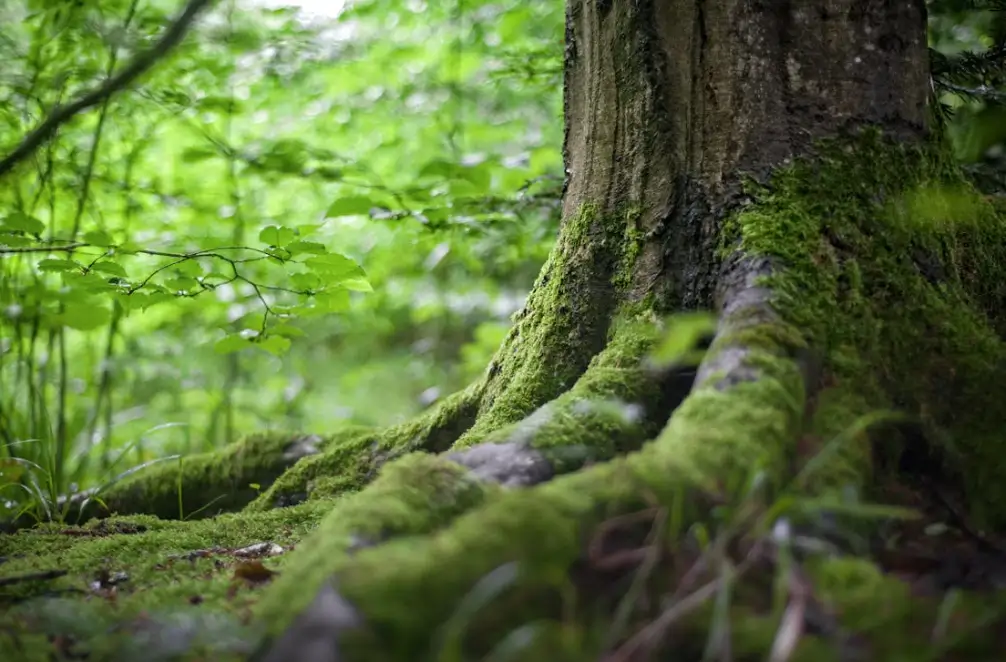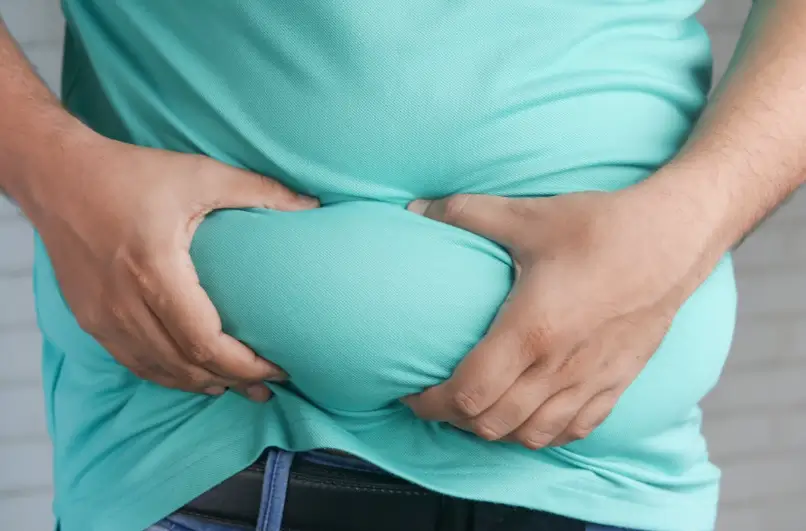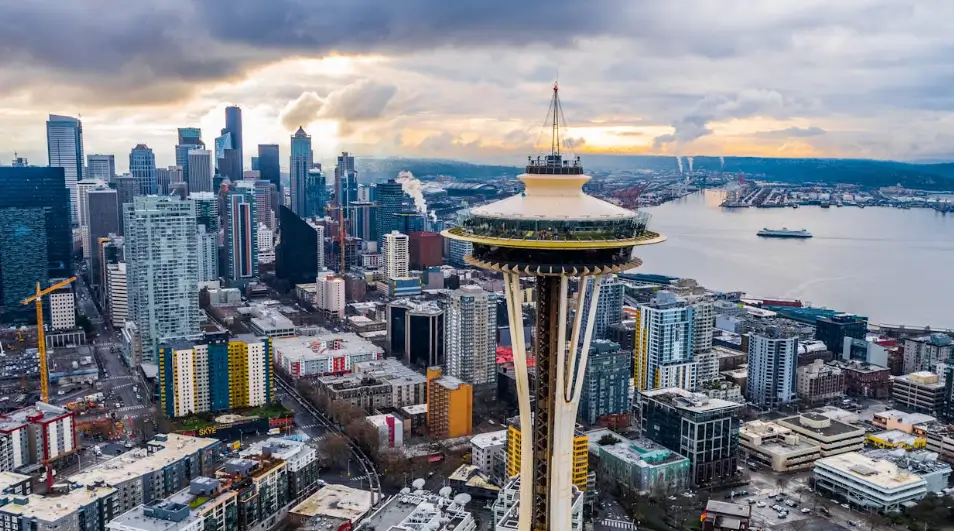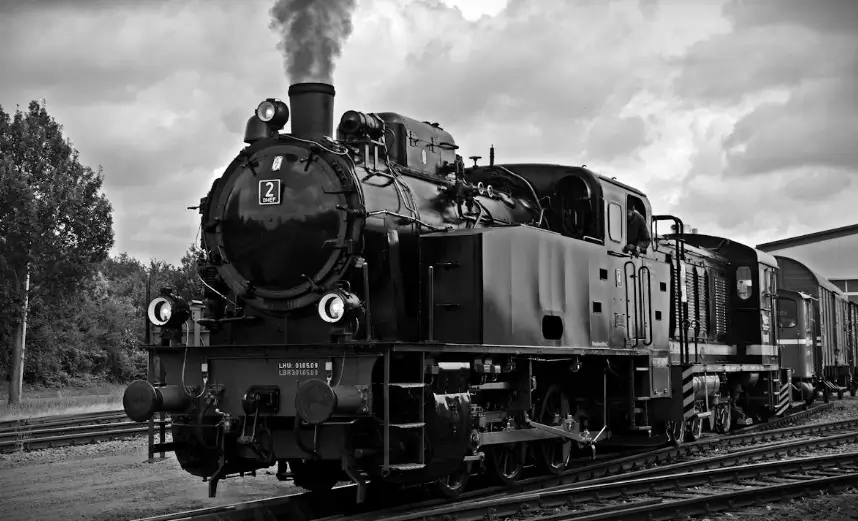Tree canopies are important. That should go without saying. However, you might not realize HOW important they are . Especially in Florida. We love to talk about infrastructure, roads, pipes, power lines, but there’s a quieter, greener system that keeps cities alive.
You guessed it. Trees.
They shade, filter, absorb, and heal. But in Florida, they do something else: they withstand.
In a state where hurricanes are a season, not an event, trees are more than just ornaments. They’re part of the resilience plan.
The Forgotten Infrastructure
Every tree in a Florida streetscape is a miniature storm-defense system.
Its canopy softens rain before it hits the ground.
Its roots hold soil through flood and wind.
Its branches reduce heat and filter toxins that concrete can’t touch.
A healthy tree canopy makes a measurable difference.
Neighborhoods with trees are up to 10°F cooler than those without.
They store thousands of gallons of stormwater, saving cities millions in drainage costs.
They literally hold the ground in place.
But not all trees are created equal, especially in Florida.
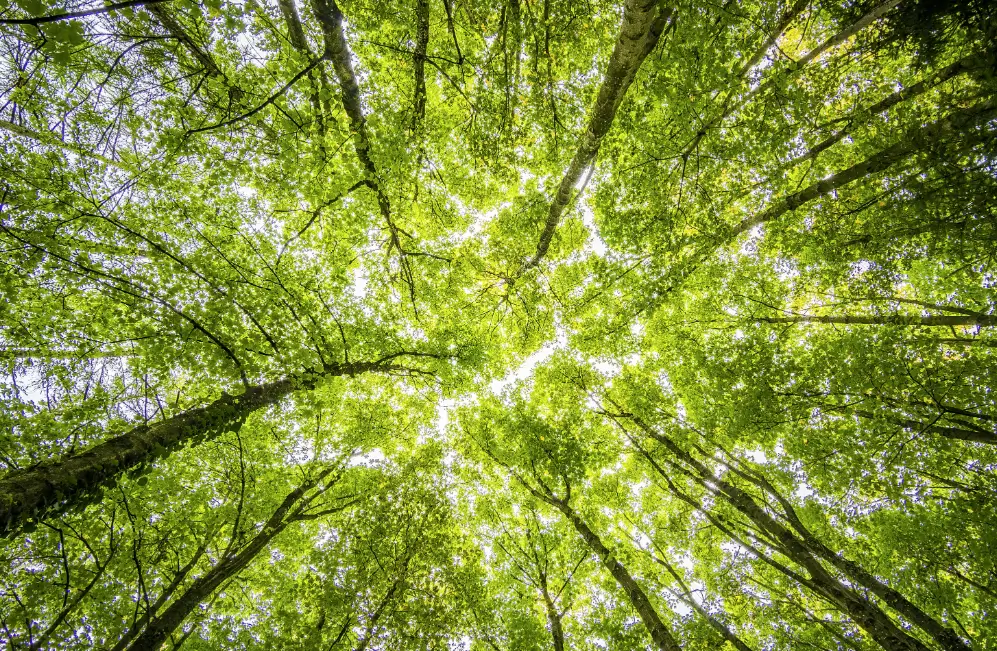
Why Native Trees Matter
When hurricanes hit, imported ornamentals often snap first. Their roots are shallow. Their limbs are brittle. They weren’t made for this environment.
Native trees, on the other hand, evolved here. They’ve learned how to survive Florida’s heat, humidity, salt, and seasonal chaos. They bend, not break. Their roots dive deep into sandy soil and hold fast when the wind hits 120 mph.
According to UF’s Institute of Food and Agricultural Sciences, the most wind-resistant species share a few traits: dense wood, compact crowns, and strong root anchoring. These trees work with the wind. As opposed to fighting it.
Some of the best native choices:
- Sand Live Oak (Quercus geminata) – Deep roots, tough bark, and a low canopy that hugs the ground. Perfect for coastal areas.
- Southern Live Oak (Quercus virginiana) – The state’s unofficial symbol of endurance. Salt-tolerant, slow-growing, and nearly hurricane-proof.
- Gumbo Limbo (Bursera simaruba) – Known locally as the “tourist tree” because of its red peeling bark. Fast-recovering after storms, flexible, and salt-resistant.
- Sabal Palm (Sabal palmetto) – Florida’s state tree, unmatched in hurricane survival. Even when defoliated, it bounces back strong.
- Southern Magnolia (Magnolia grandiflora) – Elegant but sturdy, with deep anchoring roots and high wildlife value.
These species are as practical as they are beautiful. They grow naturally in the conditions we’re designing for, filling and defending its environment.
Designing for Resilience
We have to be cognizant that adding trees to a plan isn’t the same as designing with them.
Here’s where planners, landscape architects, and urban designers can make resilience real.
1. Location matters.
- Coastal zones: Go with salt-tolerant species like Sabal Palm or Sea Grape.
- Urban cores: Use hardy trees with controlled root systems — Live Oaks, Dahoon Holly, Sweetbay Magnolia.
- Flood-prone areas: Mix deep-rooted canopy trees with water-tolerant understory planting like Bald Cypress and Red Maple.
2. Plant for the wind, not against it.
Cluster trees in small groves instead of straight, isolated rows. Groups share wind load, helping each other stand stronger.
Maintain proper spacing to prevent crowns from colliding during storms.
3. Give roots room to breathe.
A healthy root system needs about two cubic feet of uncompacted soil per square foot of canopy spread.
Use structural soil, suspended pavement systems, or open tree trenches to ensure growth space beneath sidewalks and parking lots.
4. Maintenance is resilience.
Even the strongest tree will fail if it’s neglected.
Regular pruning to thin dense crowns helps wind pass through.
Check soil moisture after storms; saturated ground weakens roots.
Monitor for disease and pests, which can make even a Live Oak vulnerable.
5. Equity and access.
It's a painful reality that tree cover is not distributed equally in most cities and in Florida, that often means the most heat-exposed neighborhoods are also the most storm-vulnerable.
“Tree equity” should be a planning goal. Every community deserves shade, clean air, and protection.
Target planting programs around schools, transit stops, senior centers, and lower-income neighborhoods. Trees are about environmental justice just as they are about. Arguably more.
The Design Language of Resilience
Designing with trees goes beyond technicality. It ventures into the realm of symbolism that affects everyone from a child playing on the streets to an elderly person strolling through their neighborhood.
A resilient canopy tells a story: we expect storms, and we’ve prepared for them.
Imagine walking through a rebuilt coastal town after a major storm. Roofs may have changed, roads may have flooded, but the trees are still there, standing like old friends. That visual alone restores hope faster than any policy statement.
Urban design that embraces native resilience becomes an act of optimism.
It says: we belong here, and so do they.
Beyond Shade — The Human Layer
But trees give more than protection; they give connection.
Neighborhoods with mature trees see higher levels of neighbor interaction, lower stress, and even lower crime rates.
A shady park invites people to linger.
A tree-lined street invites people to walk.
Trees provide the opportunity to intentionally affect not just the health of the environment, but also people's health. Mental, physical and spiritual health.
When people feel attached to a place, they care for it. And places cared for survive longer.
So resilience isn’t just about wind speed or soil depth. It’s about belonging to the landscape, to each other, to something that outlasts the storm.
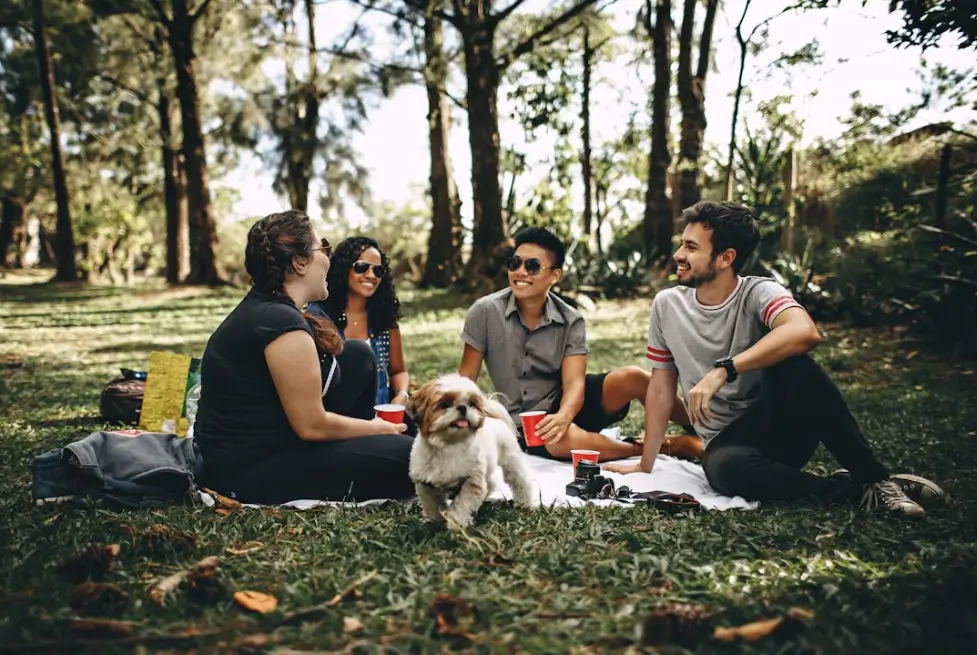
The Takeaway
If you’re shaping Florida’s built environment, every planting plan should start with this question:
Which trees will still stand when the wind hits?
Because trees aren’t part of some backdrop to resilience, they literally are the resilience.
Choose native. Design for roots and canopy. Plan for equity.
Every tree planted today is a future line of defense, for buildings, for lives.
The right trees survive storms, and they also teach us how to.
%20(1200%20x%20237%20px)%20(300%20x%2059%20px).webp)
